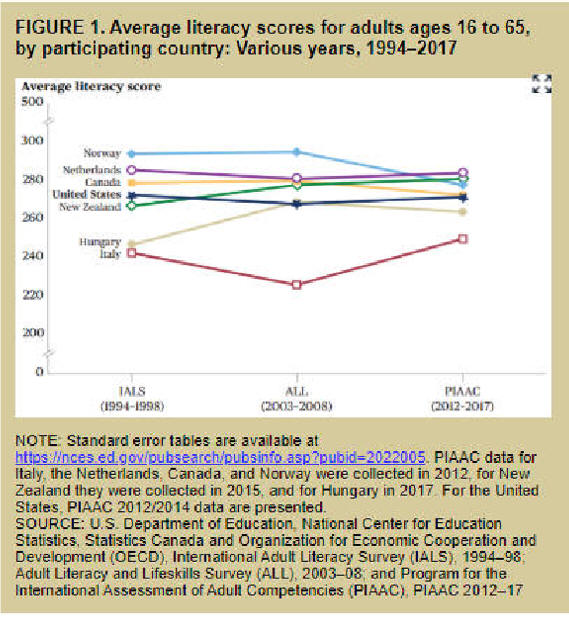|
Investing In
College Education, An Economic View |
||||||||||||||||||||||||||||||||||
|
Some are beginning to question the politically correct notion of our educational system should prepare most students for college. These feelings are prompted by economic information. The Department of Labor Fall 2000 Occupational Outlook Quarterly page 9 reports the two decades ending in 2008 accumulated an over supply of almost three million college graduates. These people did not have jobs requiring a college degree. Editor's Note: 4/12/17: Sometime during the Obama Administration this OUR report indicating college often does not make a measurable economic or academic effect were removed. Reporting on the subject was discontinued. When making an investment, whether in education, capital equipment, or the stock market, one should consider the potential income from the investment and the risk associated with
success. Lester C. Thurow,
former Dean of the MIT Sloan School of Management feels "Education is a very lumpy investment where often there is little or no payoff from having a
little bit more." ..."There are big returns to the first years of education (the education where
one gains literacy) and big payoffs to the last years of education (a college or graduate
degree where one distinguishes oneself from the pack) but only small payoffs to those years
of education that move the individual from somewhat below average to somewhat above
average"1 |
|
|||||||||||||||||||||||||||||||||
|
Paul Krugman, the MIT Ford International Professor of Economics, expresses the following on what he called the devaluation of higher education. "Or consider the panic over "downsizing" that gripped America in 1996. As economists quickly pointed out, the rate at which Americans were losing jobs in the nineties was not especially high by historical standards. Why, then, did downsizing suddenly become news? Because for the first time white-collar, college-educated workers were being fired in large numbers, even while skilled machinists and other blue-collar workers were in high demand. This should have been a clear signal that the days of the ever-rising wage premium for people with higher education were over, but somehow nobody noticed."2 This situation is going to get worse as the outsourcing of college graduate jobs to countries such as India and Ireland, continues to grow and baby boomers do not retire as expected because of not enough savings to retirement. United States start up companies, a large source of jobs requiring a college education, are hiring foreign labor from the beginning rather than American workers. Technically it is not out sourcing because the jobs were never here to start with. Economists Frederic L. Pryor of Swarthmore College and David L. Schaffer of the University of Wisconsin at Eau Clair wrote Who's Not Working and Why, an analysis of tests conducted as part of the 1992 National Adult Literacy Survey. They feel "... it is those college-educated workers with functional literacy little better than the average high school graduate who end up in these lower-level jobs."3 Editor's Note: 4/12/17 Economics point out problems, seldom suggest solution and go on to the next photo op or book signing.
|
US Scores Flat
|
|||||||||||||||||||||||||||||||||

